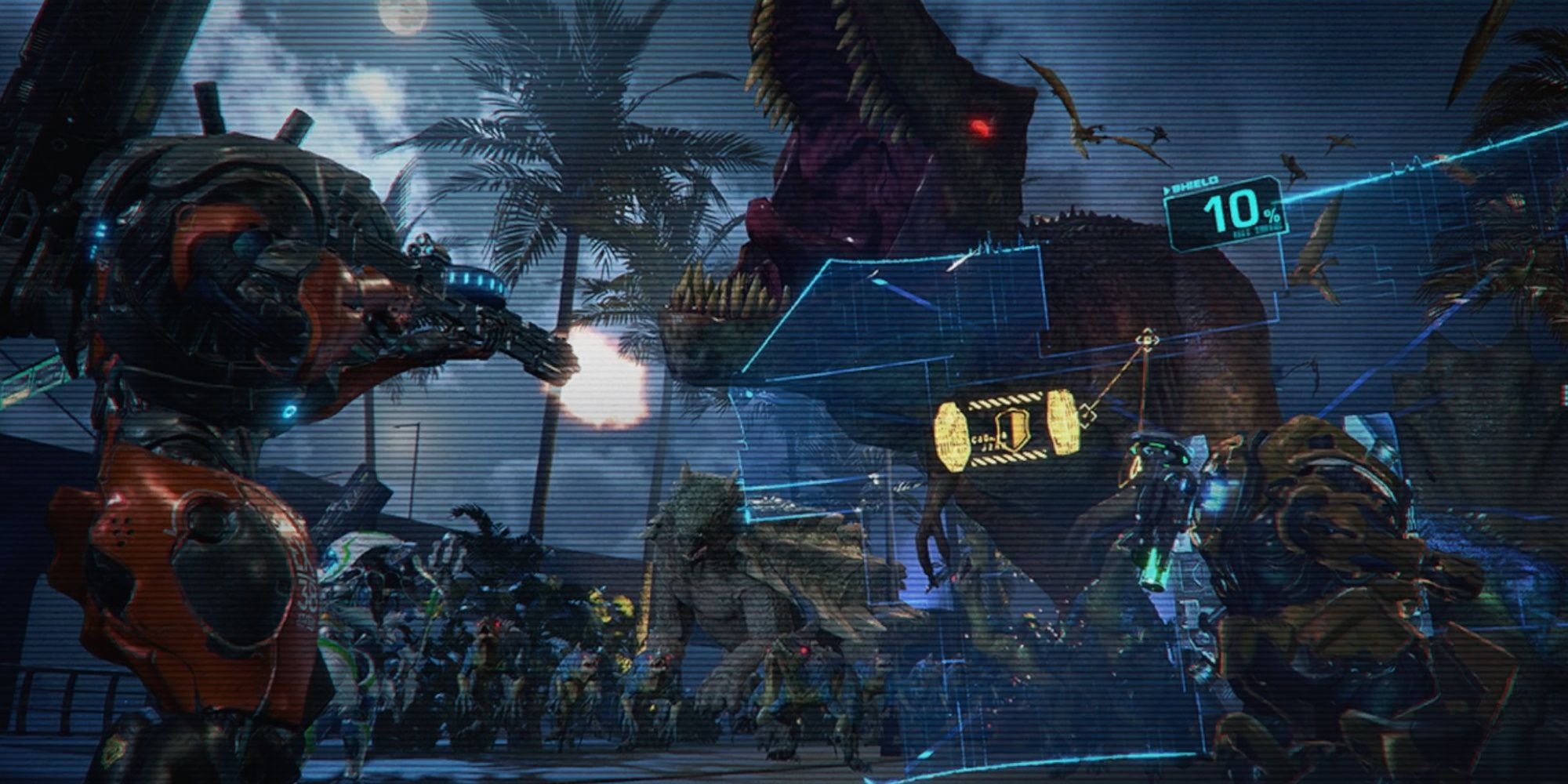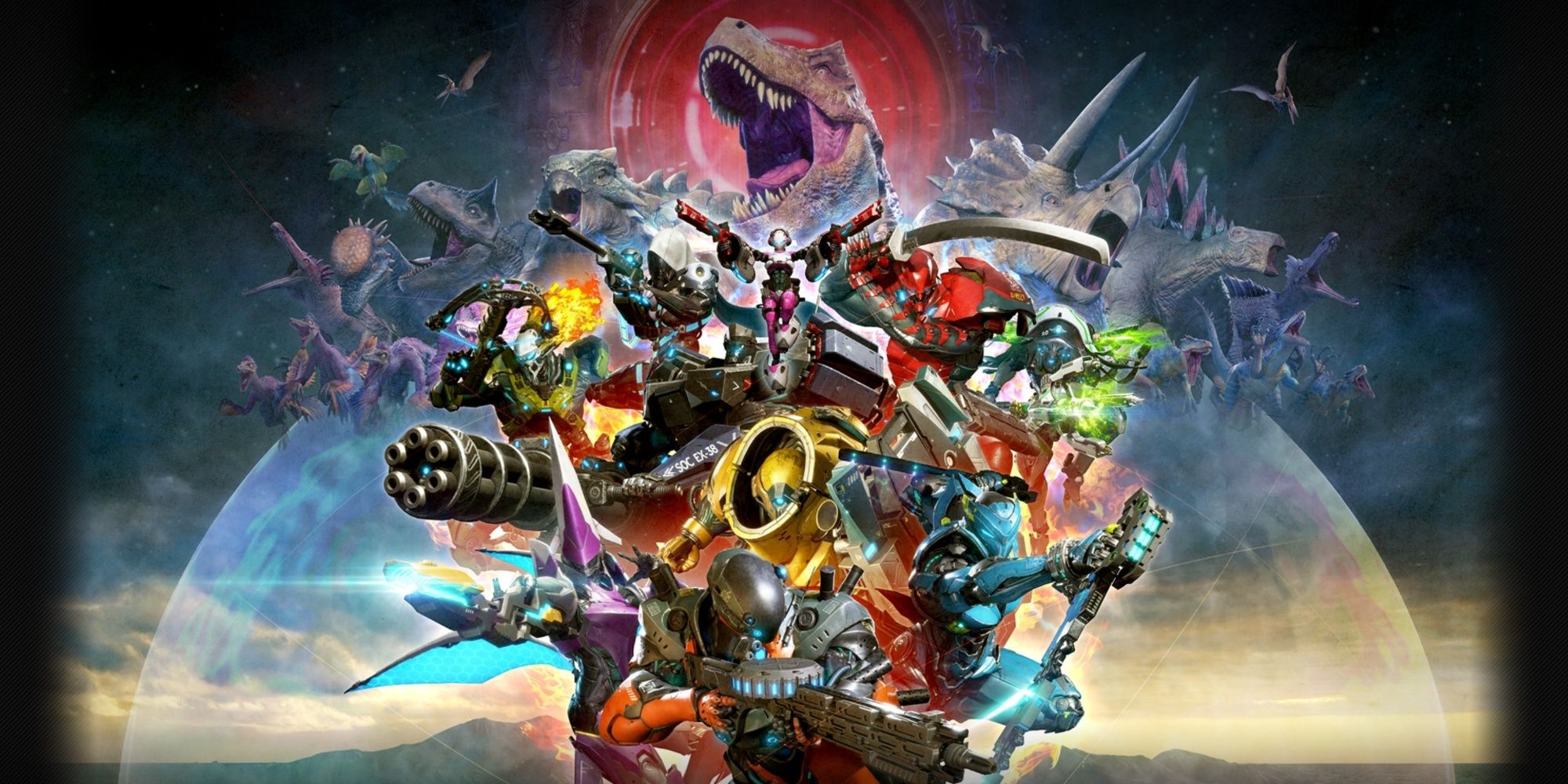Digging through Capcom’s library in the 2010s is like looking at old tweets you made when you were 16. If they weren’t problematic, then damn were they embarrassing. It started with Resident Evil 6 in 2012—the series that founded survival horror finally shit the bed with a straight-to-DVD action movie vibe and shooting that felt like you were using Nerf pellets. 2014 then ushered in Dead Rising 4, where Capcom threw everything that made the first three great to the side and gutted co-op in favour of a grittier game as hollow as an empty box. 2016 marked the end of this streak of misses with Street Fighter 5, which had a barebones launch so bad, it lost 75 percent of its player base in mere months.
For half a decade, Capcom got caught in the weeds of chasing tired trends rather than innovating on what had made its library so great. It wasn’t until 2017 that it finally started to turn things around with Resident Evil 7. After that, we had the award-winning Resi remakes, the critically acclaimed Monster Hunter World and then Rise, the long-awaited and instant fan-favourite Devil May Cry 5, and a Street Fighter that scored five stars from TheGamer. ‘Capcom is back’ is a sentiment you’d hear all the time, and for good reason. But now there’s Exoprimal, the newest live-service spongy shooter with a B-movie story and a barebones launch. Dinosaurs aren’t the only thing out of time here.
Within an hour of playing, I was exhausted in ways I haven’t felt since Resident Evil 6. And it’s for much the same reason—enemies are designed to tank as many bullets as you can fire at them, and when they finally go down, there’s nothing satisfying about the distractingly clunky animations. But even before I got into a match, one look at Exoprimal’s menus gave me a headache. Oodles of bland colour-palette cosmetics, baked-in battle passes, weapon slots, module slots, emotes, cosmetic slots, rigs, modules, comm wheels, suit levels… you get the picture.
Exoprimal costs $59.99, but it’s built like a free-to-play live-service game. It’s designed to empty your wallet. Every menu is a gateway to some kind of paid add-on or battle pass with all the interesting unlocks costing you real money. But even if the base game was free, the seasonal multiplayer horde shooter is a tired genre that has failed time and time again. Look at World War Z, Back 4 Blood, Aliens Fireteam Elite—people don’t gravitate towards this, because the focus is always on overstuffed menus and dull, repetitive co-op missions, rather than building a captivating narrative or gameplay loop to keep you coming back for more. As cool as that Street Fighter tie-in skin is, why would I want to buy it in a game so devoid of anything interesting?
Capcom would’ve launched a game like this in that five-year period of duds and nobody would have batted an eye. But today it doesn’t feel like it belongs in a catalogue from a company that has quickly reclaimed its status as a prestigious publisher. Exoprimal is built on an unpopular and proven-to-fail genre, filled with microtransactions, and has so little at launch that matches get repetitive to the point of blending together within a couple of hours. The only difference between it launching now and in that five-year period is that, back then, Capcom probably would’ve slapped the Dino Crisis brand on it. At least it dodged that PR nightmare.
Exoprimal doesn’t have the foundation to support a long-term live service model, and with how rare successes are in the world of live service, that means it’s dead on arrival. We might see a season or two milked before support dwindles, but it won’t last. Given how Capcom seemingly learned from its mistakes in chasing trends and forcing multiplayer into titles where it feels inorganic and at odds, it’s just disappointing. Exoprimal had potential—pitting mech suits against dinosaurs sounds incredible as a premise. But with all the bloat weighing it down at the heel, that potential has been squandered, leaving behind little more than a glimpse into what Capcom once was, and hopefully what it will never be again.


